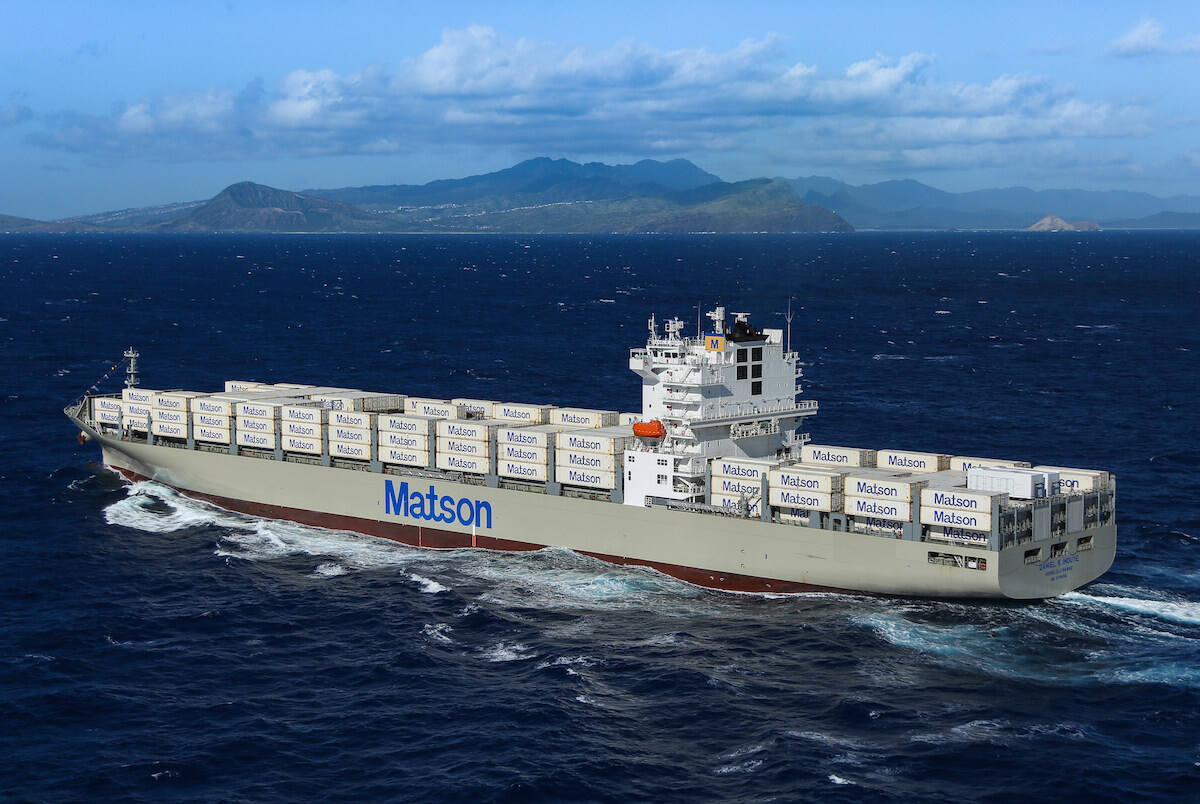Introduction
The container transportation services are the veins of the life to supply Global Trade blood. Because the cross-border service area of these services continues to grow and technology is becoming all the more important toward operational efficiencies, cost reduction, and environmental savings. In this article, we look at how technology has affected the ability for container transportation services to reach the far corners of the globe by examining some recent improvements as well as what they might say about the future of international trade.
Container Transportation-The Technological Evolution
The container shipping history is ingrained with various technological advancements, right from the standardizing of marine container sizes to cutting-edge ship designs. In today's industry, the evolution into technology is changing as we know live with automated port operations, digital documentation & real time tracking systems becoming the norm. Mankind was likely dreaming of both autonomous ships and drone-like floating containers before the end of World War II, but the post-war denizens could never have imagined how close a future such wild sci-fi wonders seemed to be.
Automation and Digitalization
The use of automation at ports has led to an improvement in their efficacy and efficiency, with automated quay cranes that manage the process of container loading/unloading and digital systems facilitating increased productivity at ports. Customs operations have also been simplified thanks to digitalization, which has minimized red tape and increased clarity. The Internet of Things (IoT) brings real-time container tracking possible offering shippers with information on where their cargo is and its status.
Container Shipping & Environmental Technology
The increasing need for environmental sustainability has placed technology at the heart of green shipping. Moreover new low-emission fuels, such LNG (liquified natural gas) are increasingly being employed; whilst we see the up-front energy demand efficiency of ships is standardising. The software also helps the industry comply with environmental regulations, enabling it to keep track of and reduce its own carbon footprint.
Technology Enabling Supply Chain Management
These days, technology has certainly been a blessing in providing the benefit of transparency and predictability within supply chain management. AI to make predictions on debugging and inventory management ML for demand forecasting and resource allocation Blockchain to secure logistics It has provided resilience for the supply chains to cater for Meteoric market changes.
The difficulties with technological integration
Although there are countless advantages, implementing technology in container transportation services does not come without hurdles. Tech upgrades can be expensive and might not generate a concrete revenue return on investment (ROI). Cybersecurity is also an increasing priority as digital systems can be open to cyber-attack. Also, training and adaptation f the workforce to new technologies are vital for the sector as it can keep up with technology advancements.
Technology-driven Possibilities
Various opportunities have been opened up for the Container Transportation industry due to the adoption of technology. This has facilitated the move to new markets and trade routes, which in turn means that services can be made available internationally. Technology also helps as companies have been very efficient in terms of automation and optimizing the process that leads to cost savings. Beyond that, let neutralize some of those spins thin skin shit with space age container design and ship technology that changing the way we think about moving goods.
Conclusion
Quick and easy connections made possible by technology have revolutionized global container transportation services. Automation makes the movement of goods around the world easier, more efficient and cost-effective and better yet environmental-friendly. However, as the sector becomes more receptive to tech and trends of global trade moves from linear to a web of connections – this is likely just the beginning for the future of global trade.

 EN
EN
 AR
AR
 DA
DA
 NL
NL
 FI
FI
 FR
FR
 DE
DE
 EL
EL
 IT
IT
 JA
JA
 PL
PL
 PT
PT
 RU
RU
 ES
ES
